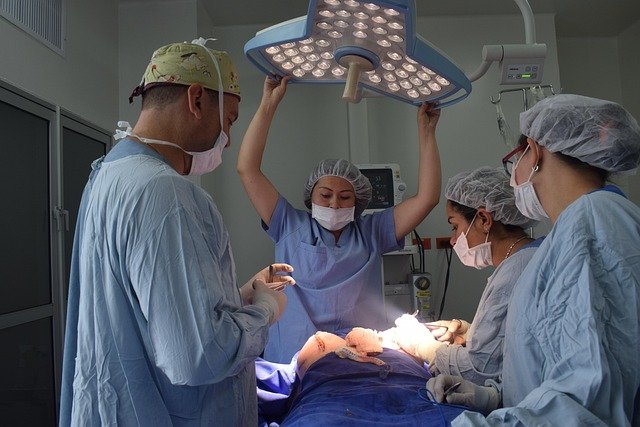Blepharoplasty Surgery: Eyelid Lift for Health and Appearance
Blepharoplasty surgery is a common procedure that reshapes the eyelids to improve both function and appearance. Patients often pursue it to remove excess skin, reduce puffiness, or to correct drooping that interferes with vision. This article explains what blepharoplasty involves, the types of surgery, how results affect the face, how to choose a qualified doctor, and where the procedure is typically performed so you can make an informed choice.

This article is for informational purposes only and should not be considered medical advice. Please consult a qualified healthcare professional for personalized guidance and treatment.
Eyes: What changes occur?
Blepharoplasty targets the eyelids—upper, lower, or both—to remove extra skin, reposition or remove fat, and tighten underlying muscles. For the eyes, that can mean reduced hooding of the upper lids, less under‑eye bulging, and a refreshed appearance that may make the eyes look more open and alert. In some cases, upper eyelid skin droop (dermatochalasis) can impair the field of vision; correcting it can improve visual function as well as aesthetics. Expected early side effects include swelling, bruising, and temporary dryness.
Surgery: Types and procedures
There are several surgical approaches depending on goals: upper blepharoplasty removes or repositions excess skin and fat in the upper lids; lower blepharoplasty treats under‑eye bags via an external incision or an internal transconjunctival approach; and functional blepharoplasty addresses eyelid position interfering with sight. Surgery is usually done under local anesthesia with sedation or general anesthesia based on the case and patient comfort. Typical operative time ranges from 45 minutes to a few hours. Recovery includes a few days of rest, with most swelling and bruising improving over two weeks; sutures are often removed within a week.
Face: How results affect facial balance
Eyelids are central to facial expression and overall balance. By addressing sagging skin and fat, blepharoplasty can restore a more youthful eyelid contour that harmonizes with the forehead, brows, and cheeks. However, eyelid surgery does not change skin texture or deep facial volume loss—those concerns may require complementary treatments such as skin resurfacing, fillers, or brow lift. Managing expectations is important: well‑performed blepharoplasty improves eyelid function and appearance while maintaining natural facial harmony rather than creating an overly “done” look.
Doctor: Choosing the right surgeon
Selecting a qualified doctor is one of the most important decisions. Look for a board‑certified plastic surgeon or an oculoplastic surgeon with extensive eyelid experience and before‑and‑after photos demonstrating consistent outcomes. During consultation, the doctor should evaluate your medical history, perform an eye exam, discuss realistic goals, and explain risks like asymmetry, dry eyes, infection, or eyelid malposition. Ask about complication protocols and whether the surgeon performs the procedure at an accredited facility. For follow‑up care, confirm how postoperative issues will be managed and whether local services in your area are available for pre‑ and post‑operative appointments.
Hospital: Where the operation can take place
Blepharoplasty is commonly performed in accredited outpatient surgical centers, ambulatory surgery centers, or hospital operating rooms depending on complexity and anesthesia needs. For otherwise healthy patients, outpatient settings are typical and safe when staffed and accredited appropriately. A hospital setting may be recommended if you have significant health conditions, require general anesthesia, or need combined procedures. Verify the facility’s accreditation, anesthesia arrangements, and emergency protocols. Postoperative care can often be managed through the surgeon’s clinic with clear instructions for wound care, activity restrictions, and signs that require urgent attention.
Conclusion
Blepharoplasty surgery can offer meaningful improvements to eyelid function and facial appearance when performed by an experienced surgeon in an accredited facility. Understand the types of procedures available, expected recovery, and the potential risks so you can weigh benefits versus limitations. Careful preoperative evaluation and clearly communicated expectations are essential to a satisfactory outcome. Sources consulted for this summary include general clinical guidelines and standard surgical texts; consult a qualified specialist for personalized advice.






